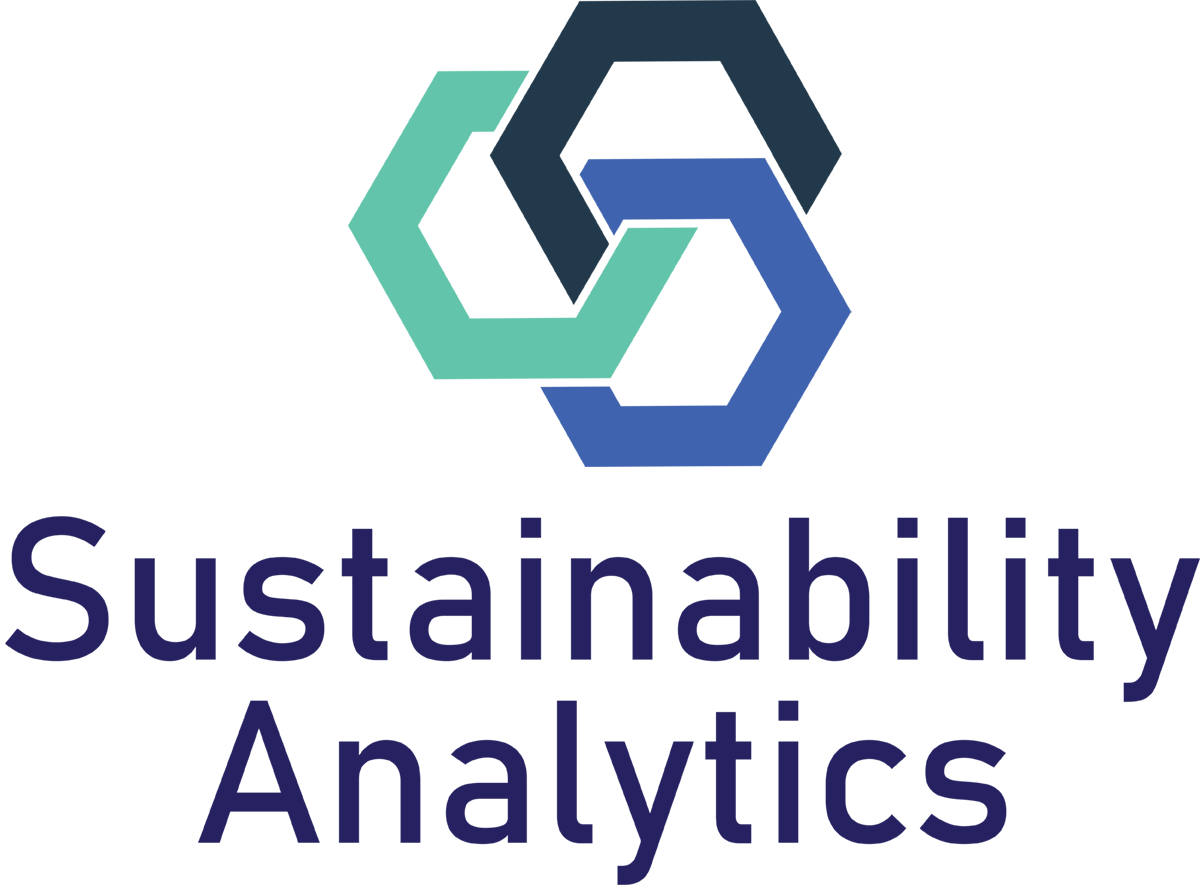Light is vital for enabling vision and fostering well-being. In both indoor and outdoor environments, good lighting has been associated with health (physically and emotionally), productivity, and comfort. Appropriate lighting design has also been associated with the energy efficiency of the built environment. Another essential aspect is the role lighting plays in visual perception, including facilitating orientation and the aesthetic experience of objects and spaces.
Light pollution is generated by the excessive use of lighting infrastructure in the outdoor environment (e.g., streetlight, architectural, and advertisement lightning), which disrupts the circadian rhythm and melatonin levels having therefore detrimental effects on physical and mental health. On wildlife, the negative impacts range from changes in physiology and behaviour to changes in the population dynamics of several species. Determining the proper lighting qualities and configurations for a specific site is a challenging task, as it often requires dealing with conflicting scenarios and perspectives: human and non-human needs, architectural considerations, energy efficiency, and intervention and maintenance costs. In addition, the needs for lighting conditions typically change over time (time of day, seasons, weather conditions, user needs). In this sense, the use of suitable technologies to support modeling, designing, planning, and simulating different lighting scenarios is of paramount importance.
NorDark-DT: A Digital Twin for Urban Lighting Infrastructure Planning and Analysis
The implementation of sustainable urban lighting infrastructure is of paramount importance to promote healthy habits, mitigate the impact of light pollution on humans and wildlife, and balance out energy consumption. However, the analysis of alternatives for implementing lighting interventions in urban spaces is a laborious and time-consuming task, often involving the use of multiple tools. Also, the design of lighting infrastructure often demands a balance of conflicting needs and variables (e.g., aesthetics, human perception, impact on wildlife, energy consumption).
We have been developing NorDark-DT, an urban digital twin to support urban lighting infrastructure planning and analysis.
This research activity has been carried out in the context of the NorDark project (https://nordark.org/), funded by NordForsk.
Architecture
Screenshots
Usage Scenario
Architectural view of NorDark-DT. The architecture has four components: Data management; Parameter specification; Computation; and Visualization.
3D scene navigation in multiple locations.
The figure shows the visualization in the NorDark-DT from the ground at a 20 m distance from the selected light pole (b). The light intervention scenarios were simulated by varying the vegetation density while natural and light conditions were maintained constant.



Publications
- Hassan, M. U., Angelaki, S., Alfaro, C. V. L., Major, P., Styve, A., Alaliyat, S. A.-A., Hameed, I. A., Besenecker, U. and da Silva Torres, R. (2022), Digital Twins For Lighting Analysis: Literature Review, Challenges, And Research Opportunities, in ‘Proceedings of the 36th ECMS International Conference on Modelling and Simulation, ECMS 2022, Ålesund, Norway, May 30 – June 3, 2022’, European Council for Modeling and Simulation, , pp. 226-235.


